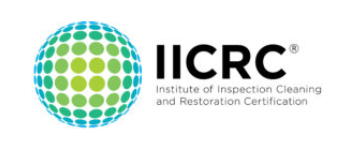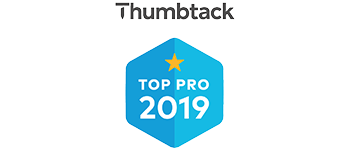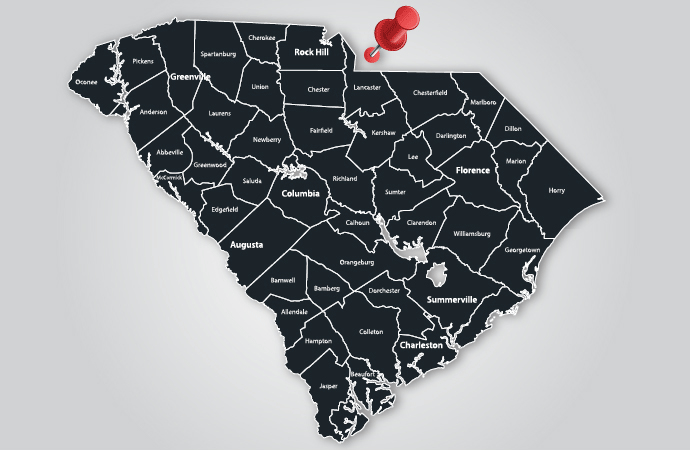Will Bleach Clean Up Mold in Your South Carolina Home?
Chlorine-based bleach has been around for a long, long, time. It was invented in Europe in the late 18th century, and many consider it the be-all and end-all solution to their cleaning needs, including getting rid of mold. But should bleach be used for that application?

Bleach will kill some molds but its effectiveness depends on the surface the mold is growing on. Mold can grow and be visible on both porous and non-porous materials. When dealing with mold on non-porous materials such as shower tiles, tubs, vinyl window trims, countertops, etc. you can use bleach to kill the mold and disinfect.
So, what about mold growing on porous materials? Using bleach to remove mold from permeable materials like paper, cardboard, wallboard, and wood can accelerate mold growth rather than kill it. Why is this? On those types of surfaces, mold will grow deep roots and can widely spread within 2-3 days. When bleach is used, the chlorine is left on the surface and only the water component of the bleach is absorbed into the material. So, although you may no longer see mold on the surface, the bleach promotes mold growth as it provides more moisture for the mold roots to feed on.
There are also other variables to consider when cleaning porous materials. Has it been painted/sealed? Has the mold done actual damage to the material? In some cases, instead of cleaning the mold, a contractor will have to remove and replace the mold-damaged materials.
Here are five more reasons why you don’t want to use bleach to clean:
- Chlorine lacks detergency – in other words, it contains no wetting agents that allow it to penetrate soils, so surfaces must be pre-cleaned before chlorine will effectively kill germs. This is a 2-step process that requires more time.
- Chlorine reacts with other chemicals to create toxic byproducts and gases. For instance, when bleach is mixed with ammonia, it forms chlorine gas, causing cellular damage in nasal passageways and lungs. The accidental mixture of these two products has resulted in death. It’s also incompatible with products that contain hydrochloric acid, phosphoric acid, and acetic acid (vinegar).
- Chlorine bleach’s disinfectant power is rapidly inactivated by contact with organic matter, such as blood, saliva, tissue, urine, feces, dirt, etc. Chlorine is also weakened by sunlight.
- Diluted chlorine bleach quickly loses its effectiveness, is unstable, and can lose its disinfectant qualities very rapidly compared to other, more stable disinfectants.
- It may harm your children. After using, bleach remains on surfaces and continues to emit fumes. Recent studies show that children who have been exposed to bleach in their homes are more likely to suffer from respiratory illness. In addition, various studies have linked the use of bleach in a household to a higher prevalence of asthma and allergies.
Some types of mold and mildew are easier to get rid of than others. At Kingsley Water Damage & Fire Cleanup, we understand the hazards that mold can create and provide complete mold remediation services to quickly remove it from your South Carolina home. Whether you’re buying or selling a home, or have discovered mold in your home, call us immediately so that we can limit your exposure to hazardous mold spores and minimize damage to your home.





